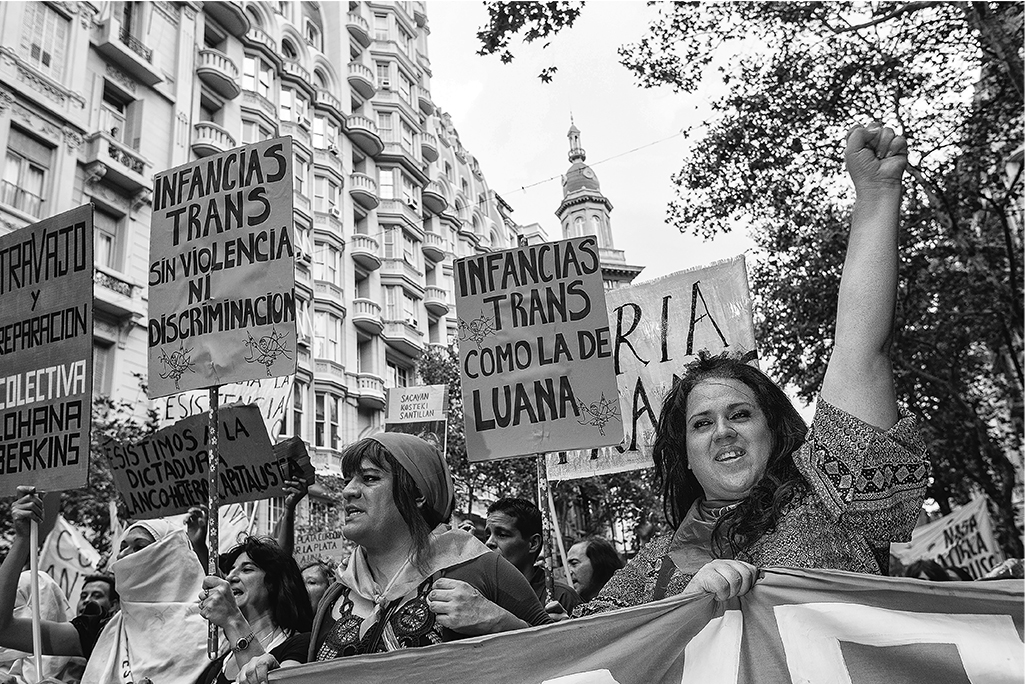
At the core of his work, photographer Kike Arnal tells stories that many choose to gloss over or ignore. His previous series have explored subjects such as the impact of cluster bombs on on civilians, the wealth gap in Washington D.C. and the Christian community in Bethlehem, Palestine. His most recent book, “Revealing Selves: Transgender Portraits from Argentina,” documents the day-to-day lives of transgender individuals living in the country through intimate, personal portraits that don’t sensationalize or stereotype their subjects. We spoke to Arnal about the challenges of sensitive and fair documentation, how “Revealing Selves” relates to his past work and upcoming projects.
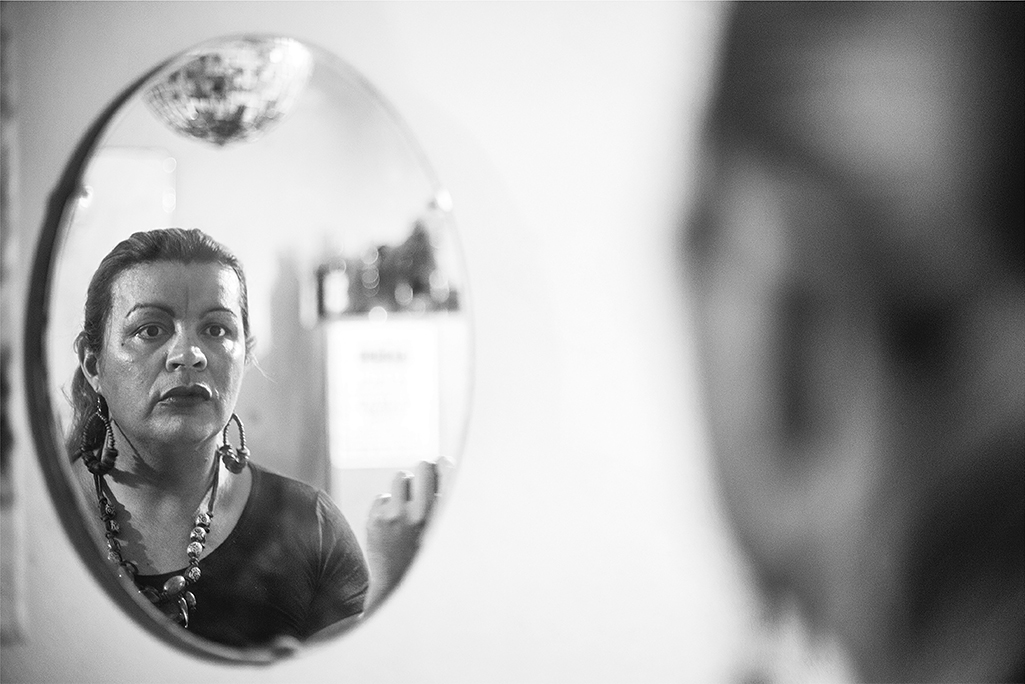
How did you originally get into photography?
I got into photography in a strange way, actually. I was in Montenegro documenting my trips, my climbing trips, and I started to take photographs of my expeditions. I actually quit everything else and started to just focus on [photography].
What are your biggest creative inspirations?
I’m fascinated by people’s stories. The idea of storytelling, trying to document people’s lives in an intimate and fair way and presenting them to the public. I am interested in the stories of people living on the edge, socially or in different aspects. I’ve done photography documenting indigenous communities; I just spent some time with the Yanomami in the Amazon documenting the malaria epidemic. Again, there’s the common denominator that these people are living on the edge of society. The transgender community is discriminated against and marginalized, and that was a great inspiration to me because I wanted to tell their stories. There’s a lot we can learn about them, and that’s where my inspiration comes from—I genuinely enjoy connecting with people and telling stories that otherwise, people wouldn’t know anything about.
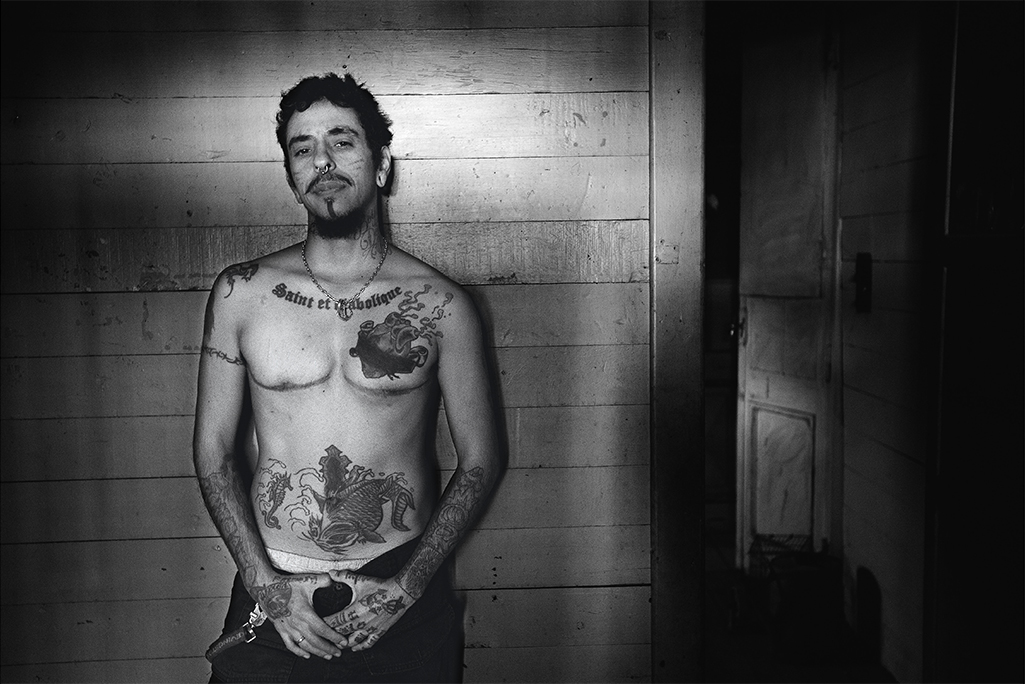
Your past book, “Bordered Lives,” documents transgender culture in Mexico. What led you to explore the same subject with “Revealing Selves” in Argentina?
Latin America is huge. Every country is different. We have a common denominator—we are Latin, we inherited Spanish Catholic tradition—but we are also pretty mixed. Every country varies. For example, Mexico is a much more conservative country than Argentina. Although the city of Mmexico has advanced legislation helping the transgender community and the LGBTQ community, the rest of the country is super conservative. Argentina, on the other hand, is less religious, a much more middle class, educated society. In 2012, congress in Argentina approved what is believed to be the most advanced legislation in the world for the transgender community. I thought that comparing both countries would be very interesting. Also, by working on the transgender community in Argentina, I could show a good example of the path to follow for the rest of Latin America. I thought that was important.
Can you elaborate on the similarities and differences between Mexico and Argentina?
As I said before, Mexico is a super Catholic country. It’s a very macho society. Pretty much everyone has a reaction against homosexuality, even much more so against cross-dressing and transgender people. Argentina is more educated, which has an impact on the perception of people on certain matters like gender. People are much more open in Argentina. Nevertheless, the situation is not perfect. Though the legislation is advanced, even compared to northern European countries, the acceptance of the community is not 100%. There are still many issues to be solved.
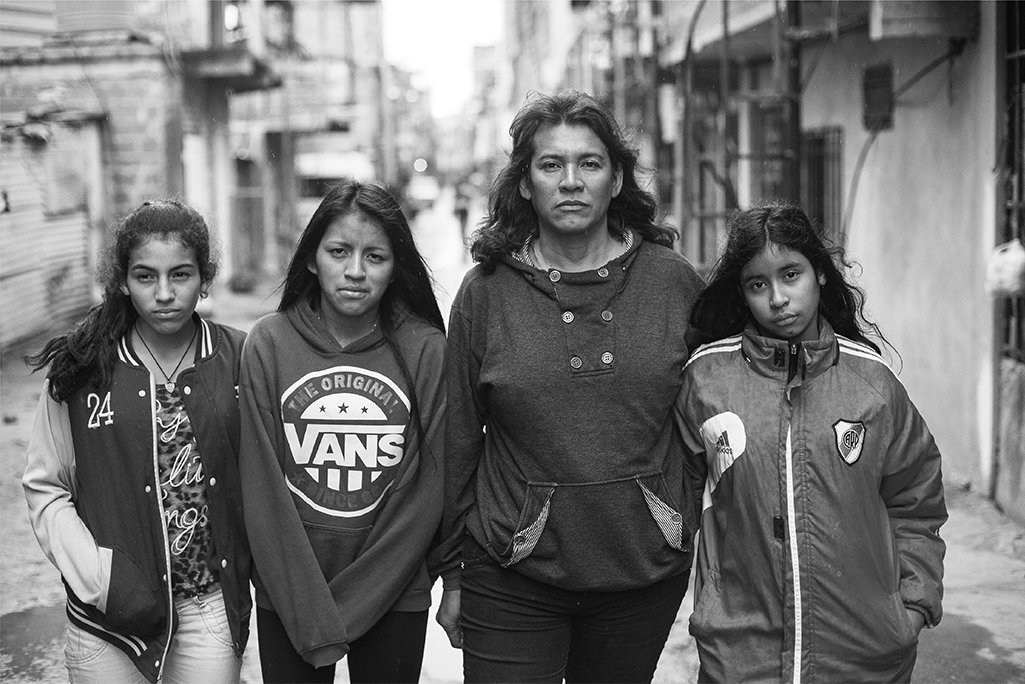
How did you initially meet the subjects in “Revealing Selves”?
I searched the Internet; I made contact with organizations in Argentina and Mexico months before going. I established those contacts, and I started building a network. Then when I traveled Argentina—I spent over 3 months [there] working on this project—I started building up that network, not photographing that much in the first couple of weeks. That way I had the opportunity to not meet my characters, the people I want to photograph. They could also meet me, which is just as important, maybe even more.
How did you go about building trust with your subjects?
I’m very honest. I explained to them what I’m doing, my goal. I basically told them that I believe it’s a great idea for people all over the world to see what it’s like to be a transgender person, to be able to say, “we’re equal, we’re the same, we’re not that different.” So I build that trust because I’m absolutely honest. I spend a lot of time hanging out with them; I might not even take any photos the first few times that I visit them or that we hang out. I might be going to a place for three or four times before I even pull my camera out. It’s a slow process. It changes with every person. Some people are absolutely open from the very beginning, and some people it take much longer. Some people never open up, some people don’t believe in what I’m doing. Some people are afraid of the camera. It definitely changes from one person to another.
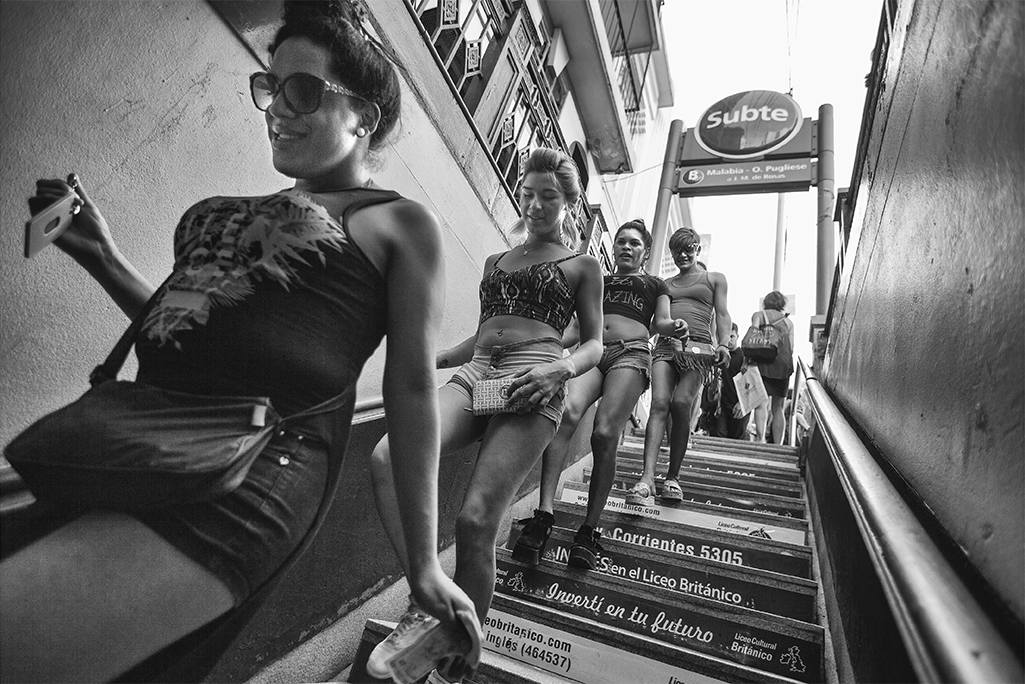
You mentioned before that transgender rights laws in Argentina are some of the most progressive in the world. What do you think the United States can learn from them?
It seems like things [in the U.S.] are going backwards; people are trying to crack down on many of the wins we had in the past like sharing bathrooms in schools. I honestly don’t have the knowledge to speak deeply about what’s going on the U.S. But what I can say about Argentina is that their gender equality laws are so advanced because it’s simple to change your name and gender on your ID. It’s a simple process. You can get support from the government for medication, hormone medication; you can even get support from the government for surgery, which is pretty amazing. The government will pay for your sex change surgery. So as far as I know, it’s much more advanced than what we have [in the United States]. I won’t get into the situation in the U.S., because it changes everyday.
What was the biggest challenge you faced while documenting the transgender community in Mexico and Argentina?
The biggest challenge was to find a balanced group of people who can portray the community, I wouldn’t say in a positive light, but in a realistic way. Most photographers I see are fascinated by certain clichés. I don’t blame them—it’s very easy to get fixated on the transformation, or the beauty or the problems [of the transgender community]. To me, what is most important is to create this narrative, tell this story of the community that is more realistic and fair. You need to not only find the people but you also need to be accepted by them. It’s a very difficult topic to photograph and [for some], it’s easier to portray them in a dark light, as suffering. But there’s so much more to tell about this community. I want to portray them as people who have ups and downs, problems, and great moments in life. They are in love, they can be successful or they can be struggling financially. But I want to be able to cover all of those aspects, and that can be a lot of work. As I said before, not only because it’s difficult to find those characters, but also because it’s difficult to be accepted, to be there at every moment that something interesting happens.
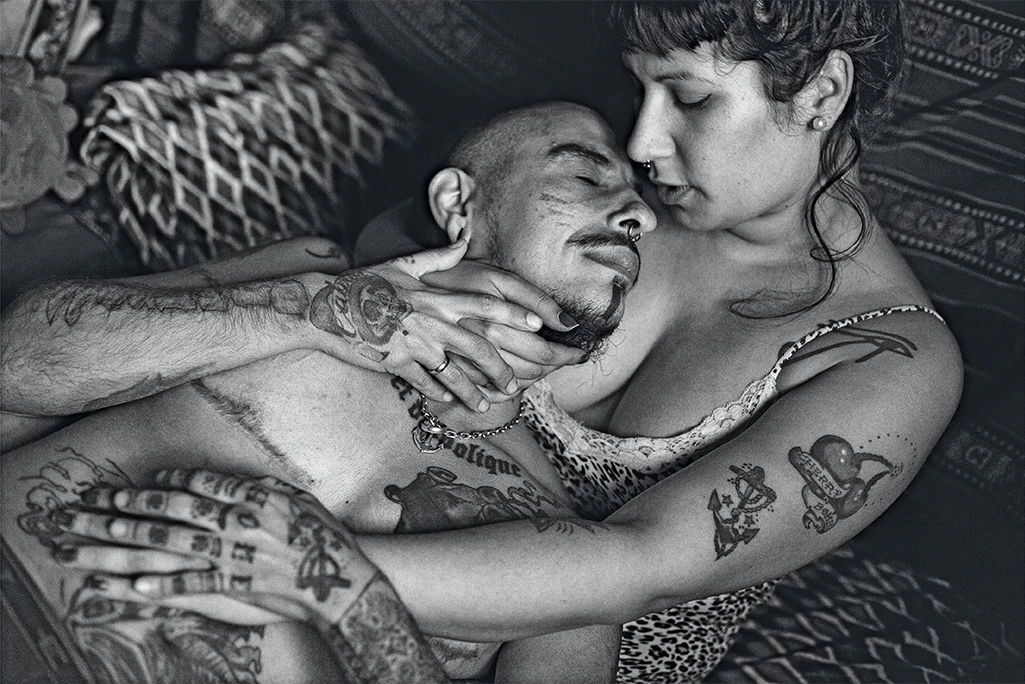
Do you have any upcoming projects that you can talk about?
I would like to photograph the transgender community in Colombia. It’s a middle ground, socially and culturally, between Mexico and Argentina, so it could be interesting. At the same time, there are a lot of hate crimes there, as well as in Brazil. So I would love to document the transgender community in Colombia, or maybe in Brazil. I’m not sure yet.
Do you think you’d ever do a similar project in the U.S.?
There are a lot of documentary photographers and filmmakers working on these issues in America. Because I’m Latino, it comes more naturally to me to develop these stories in Latin America. But you never know!


